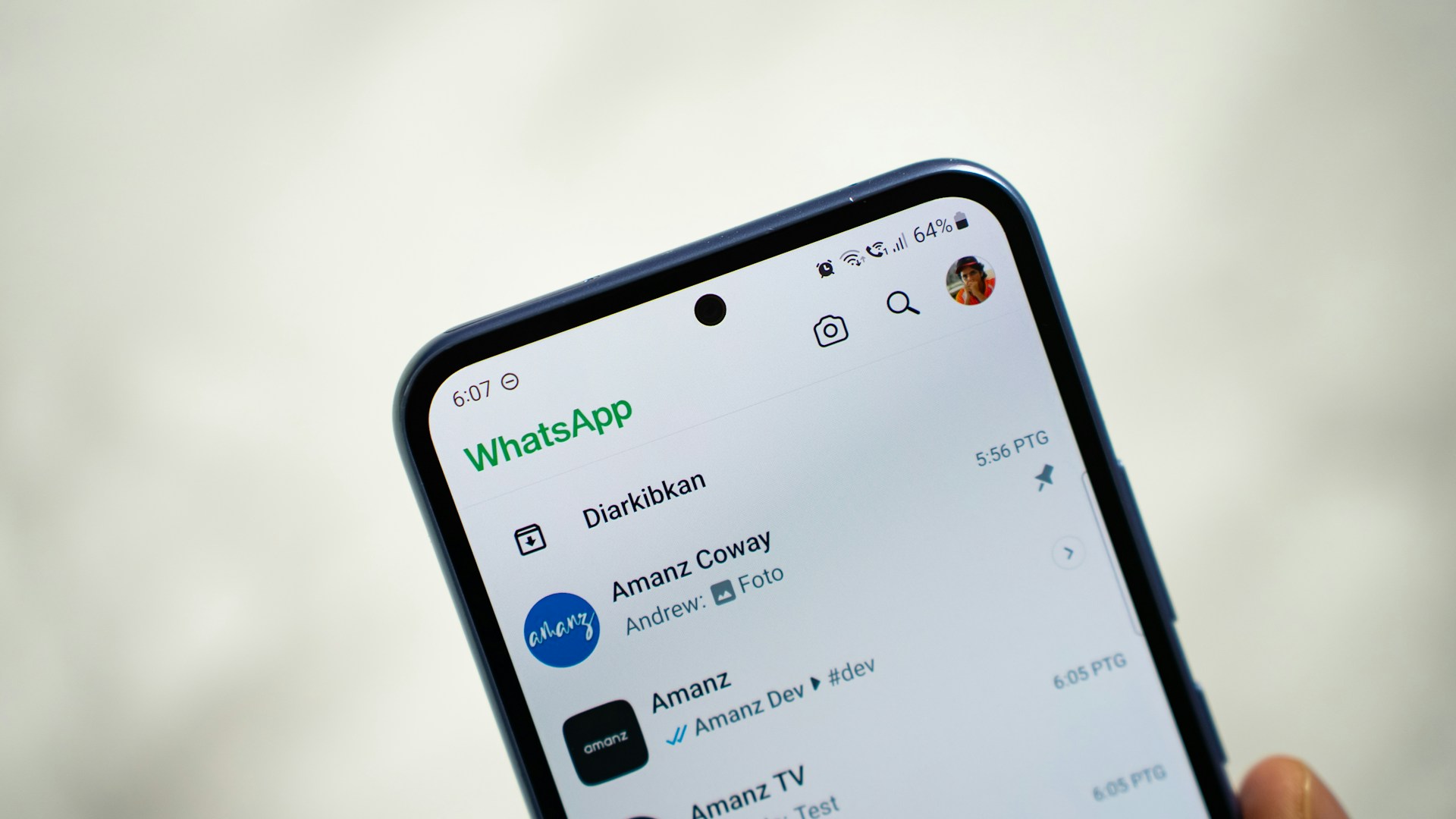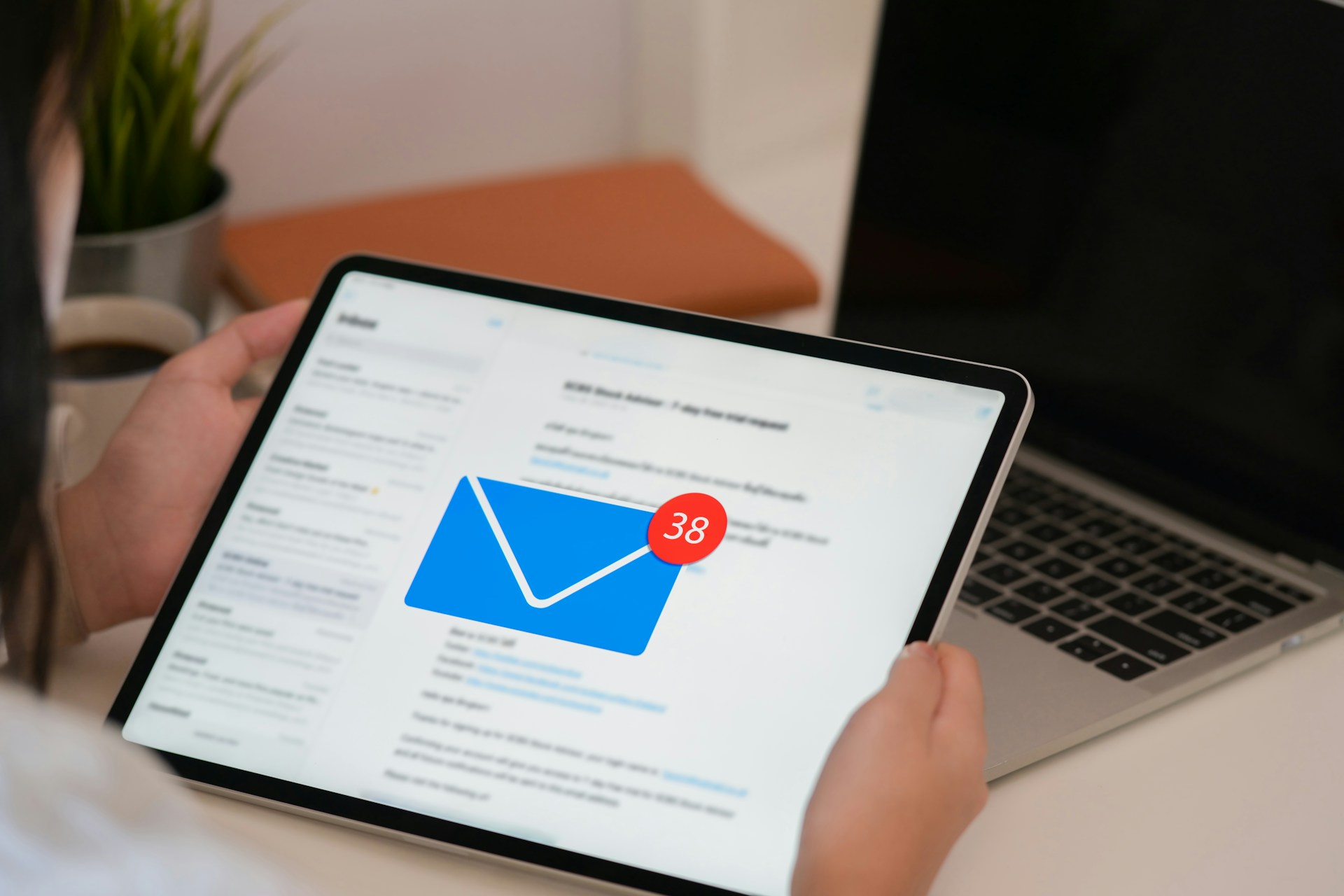Preparing for end-of-year sales can be exciting but also challenging. One way to reach your customers effectively is through well-planned email campaigns. These campaigns help you stay connected, inform customers about your offers, and boost your sales.
Email campaigns are powerful tools because they allow you to send targeted messages directly to people’s inboxes. Whether you are promoting a special sale, sharing a new product, or simply reminding customers about your brand, emails can make a big impact. With the right planning and execution, your email campaigns can drive significant results.
In this article, we will look at how to prepare and execute effective email campaigns. These tips and strategies will help you connect with your audience, create engaging content, and measure success, ensuring a fruitful end-of-year sales period.
Planning Your End-of-Year Email Campaign
Planning is key to a successful end-of-year email campaign. Start by setting clear goals. What do you want to achieve? This could be increasing sales, boosting brand awareness, or engaging with your customers. Having clear goals will guide your campaign strategy.
Next, create a timeline. Decide when to start and end your campaign and plan key dates for sending emails. Make sure to include important events like Black Friday, Cyber Monday, and other holidays. This helps ensure your emails arrive at the best times to grab your customers’ attention.
Craft a content calendar that outlines what each email will cover. This can include special promotions, product highlights, and festive greetings. Having a content calendar keeps you organised and ensures that your messages are consistent and aligned with your campaign goals.
Additionally, gather the necessary resources. Ensure you have the right tools for designing, sending, and tracking emails. This includes email marketing software and any templates or designs you will use. Preparing these resources in advance helps streamline the process and reduces last-minute stress.
Crafting Engaging Email Content
Creating engaging email content is essential for capturing your audience’s attention. Start with a compelling subject line. It’s the first thing your customers will see, so make it catchy and intriguing. A good subject line can increase open rates and encourage people to read your email.
In the email body, keep your message clear and concise. Use simple and direct language. Highlight the most important information so that it’s easy to grasp quickly. Break up text with headers, bullet points, and images to make the content visually appealing and scannable.
Use high-quality visuals like images and graphics to enhance your message. Visuals can convey emotions and grab attention more effectively than text alone. Make sure the images are relevant to your message and of high quality, as blurry or pixelated images can look unprofessional.
Include a strong call-to-action (CTA). Make it clear what you want your customers to do next, whether it’s making a purchase, signing up for a newsletter, or visiting your website. Use action-oriented language and make the CTA stand out with a button or highlighted text.
Finally, personalise your emails. Use your customers’ names and tailor the content to their preferences and behaviours. Personalised emails feel more relevant and can lead to higher engagement and conversion rates.
Segmenting Your Audience for Better Results
Segmenting your audience is crucial for effective email campaigns. By dividing your audience into groups based on specific criteria, you can tailor your messages to meet their unique needs and preferences. This makes your emails more relevant and engaging.
Ways to Segment Your Audience:
1. Demographics: Segment by age, gender, location, or income. This helps you send offers that are more appropriate for each group.
2. Purchase History: Look at what customers have bought before. Send them recommendations or special offers on similar products.
3. Engagement Levels: Group customers based on how they interact with your emails (opened, clicked, and so on). Send re-engagement emails to inactive subscribers and special rewards to the most engaged ones.
4. Behavioural Data: Segment based on browsing history or abandoned cart data. Tailor messages to guide these customers towards completing a purchase.
5. Preferences: Allow customers to set their preferences for the type of content they wish to receive. This ensures they only get emails that interest them.
Using these segmentation strategies, you can create highly targeted campaigns that resonate with each group. This not only increases the effectiveness of your campaigns but also helps improve customer satisfaction and loyalty.
Analysing and Optimising Email Performance
After sending your email campaigns, it’s important to analyse their performance. This will help you understand what worked well and what needs improvement. Use these insights to optimise future campaigns for better results.
Key Metrics to Track:
1. Open Rates: Measure how many recipients open your emails. A high open rate indicates that your subject lines are effective.
2. Click-Through Rates (CTR): Track the number of clicks on links within your emails. This helps you see how engaging your content is.
3. Conversion Rates: Determine how many recipients take the desired action, such as making a purchase. High conversion rates indicate a successful campaign.
4. Bounce Rates: Monitor the rate at which your emails fail to reach recipients’ inboxes. A high bounce rate can damage your sender’s reputation.
5. Unsubscribe Rates: Check how many people opt out of your mailing list after receiving your emails. A high unsubscribe rate may indicate that your content isn’t relevant or frequent enough.
Use these metrics to identify strengths and weaknesses in your campaigns. A/B testing is also helpful. By sending two different versions of an email to a small segment, you can see which performs better before rolling it out to the larger audience. Continually analysing and optimising your email campaigns will ensure ongoing improvement and success.
Conclusion
Getting ready for end-of-year sales with email campaigns requires careful planning, engaging content, audience segmentation, and performance analysis. By following these steps, you can create email campaigns that resonate with your customers and drive sales.
Planning your campaign with clear goals and a detailed content calendar lays a strong foundation. Crafting engaging and personalised email content keeps your audience interested and encourages them to take action. Segmenting your audience ensures that each message is relevant, increasing the chances of engagement and conversion. Finally, analysing your email performance helps you understand what works and allows for continuous optimisation.
For effective email campaigns that boost your end-of-year sales, consider partnering with Text Global Ltd. Contact us today to find out how our services can enhance your email marketing strategy and help you achieve your business goals.




